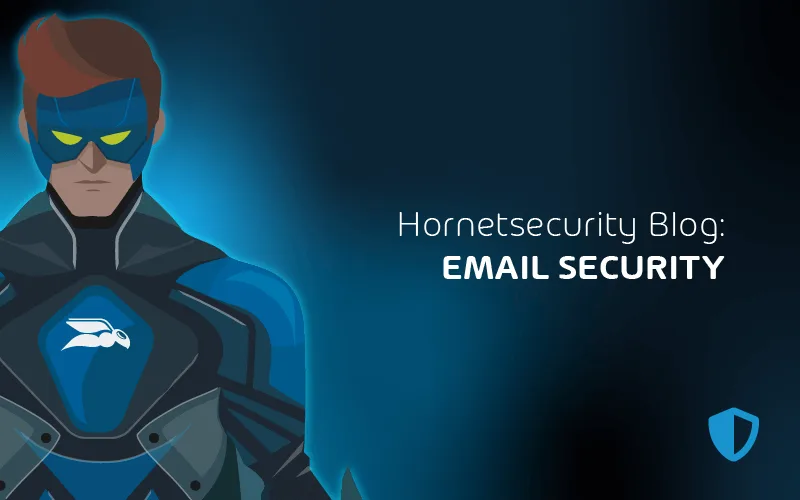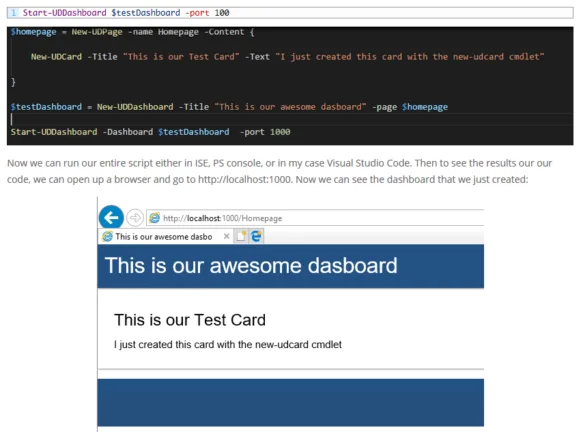

4 Methods for Reducing Excessive Customer Monitoring Email Alerts
Monitoring and alert notifications are the bread and butter of Managed Service Providers. Without a proper monitoring solution in place, a Managed Service Provider would have an extremely difficult and almost impossible time managing their client’s IT Infrastructure. Naturally, with monitoring come email alerts. And the more you monitor, the more email alerts you will have to put up with, right?
Wrong.
I recently penned a new Altaro eBook on the subject of monitoring, and while the book was about MSP monitoring more holistically, I wanted to pair it with a blog post that specifically talked about handling excessive alerts as well. So if you want to know more about boosting your MSP through monitoring, read the free eBook Best Practices for Mastering MSP Customer Monitoring.
Moving on, there are many monitoring solutions out there that allow MSPs, as well as their clients, to receive notifications via automated ticket creation, emails, phone, or text. These options are all great and very critical to providing outstanding service to clients. However, there is a finite limit to how many different alerts and notifications can occur at one time before they start to lose their benefit and just become “noisy alerts”.
The human brain can only focus on so much in one day, and spamming employee inboxes with multiple daily alerts for every little issue for every client starts to become overwhelming, and the truly important alerts become easily missed. MSPs need to limit the amount of email spam to ultimately be successful.
How to Reduce Excessive Customer Monitoring Email Alerts
Out of all the places I’ve worked in IT, the number one thing they all have in common is an extremely massive amount of email alerts. When starting a new IT job at a company, one of the very first tasks everyone does is to create filters for their email alert spam. With the number of email alerts that typically flow through each day, it’s too much to have them go to the main inbox.
Other non-alert-related emails are then easily missed. The unfortunate trade-off of this is that now that alerts are going to a separate email folder, they can be easily missed if that folder isn’t checked continuously, making it very easy to miss alerts. MSPs can help reduce email alerts by using the following 4 guidelines:
Method 1 – Use Dashboards Where Possible
Not every alert needs to come via email. In many cases, a dashboard should be used to convey alerts to personnel instead. For example, we don’t need to get spammed on a client “disk space” report every day. Instead, make a dashboard that the operations team can review daily and solve the issues. This type of alert makes much more sense and prevents the IT staff from creating inbox filters or deleting such emails every day.
For the helpdesk, dashboards can be used for providing ticketing metrics and client outages. There are many monitoring software solutions out there that provide dashboard capabilities. I also highly recommend looking into the PowerShell Universal Dashboard, as it allows MSPs to create their own dashboards and integrate them with other applications’ APIs to essentially provide one single pane of glass for multiple applications. Be sure to check out one of our previous posts that explains how to get started with the PowerShell Universal Dashboard. A simple example with code and screenshot from our how to post on PUD is shown below as an example:

Method 2 – Only Send Alerts to Those Who Need Them
Email alerts should only be sent to the teams that are responsible for dealing with them. Don’t send email alerts on low disk space to the Network Engineers that only deal with telcos, routers, firewalls, and switches. Rarely should an email alert get sent to the entire engineering department. Emails can be hard enough to keep up as it is. Reduce this by keeping email alerts that IT staff receive relevant to their roles and responsibilities.
Properly labeled and maintained distribution groups play a key role in this step.
Method 3 – Reduce E-Mail Reports
On the operational side, it’s very easy to go report crazy. We want our daily reports on metrics like low disk space on servers, VMs that are showing high CPU utilization, Hypervisors that are over-utilized, etc. These are all very important metrics to monitor and keep track of, however, the amount of “daily reports” emailed to teams can start to build up quickly. Instead of just adding another “daily report” to email, combine reports where they fit. For example, make a “Server Health” report covering all of these important metrics we mentioned previously in just one email.
Not only should MSPs look for ways to combine their email reports in a single email, but also to send their email reports out only if there is an issue that needs to be visible. We don’t need a daily email report that shows all of our servers are in good health, that’s what a dashboard is for. Alert the team only when they need to be alerted.
For example, look at one of my previous posts on using PowerShell with HTML to mail out server storage information. You could easily add other metrics into a report like this with similar syntax, which can prove valuable.
Method 4 – Mute Alerts During Maintenance
This one is big. I’ve seen it often where engineers are doing maintenance and forget to “mute” alerts. Now the entire department gets a flurry of email alerts due to monitored components being down. Some people start looking into the outage alerts and end up wasting their time to discover that it’s just a scheduled maintenance event where the alerts are not muted.
No matter what monitoring system is in place, this always happens. MSPs need to have processes in place that prevent these situations from happening. Have a monitoring system in place that allows engineers to mute their alerts ahead of time for a one-time schedule or ensure all staff is proficiently trained on how to properly mute unnecessary alerts. Believe it or not, I’ve seen instances where these steps were forgotten, and needless alerts were created.
Wrap Up
Email alerts are an absolute must for MSPs to be successful. However, they need to be careful so they don’t cause “Email Alerts Numbness” for the IT staff. The risk of having too many daily email alerts might cause critical issues to slip through the cracks.
